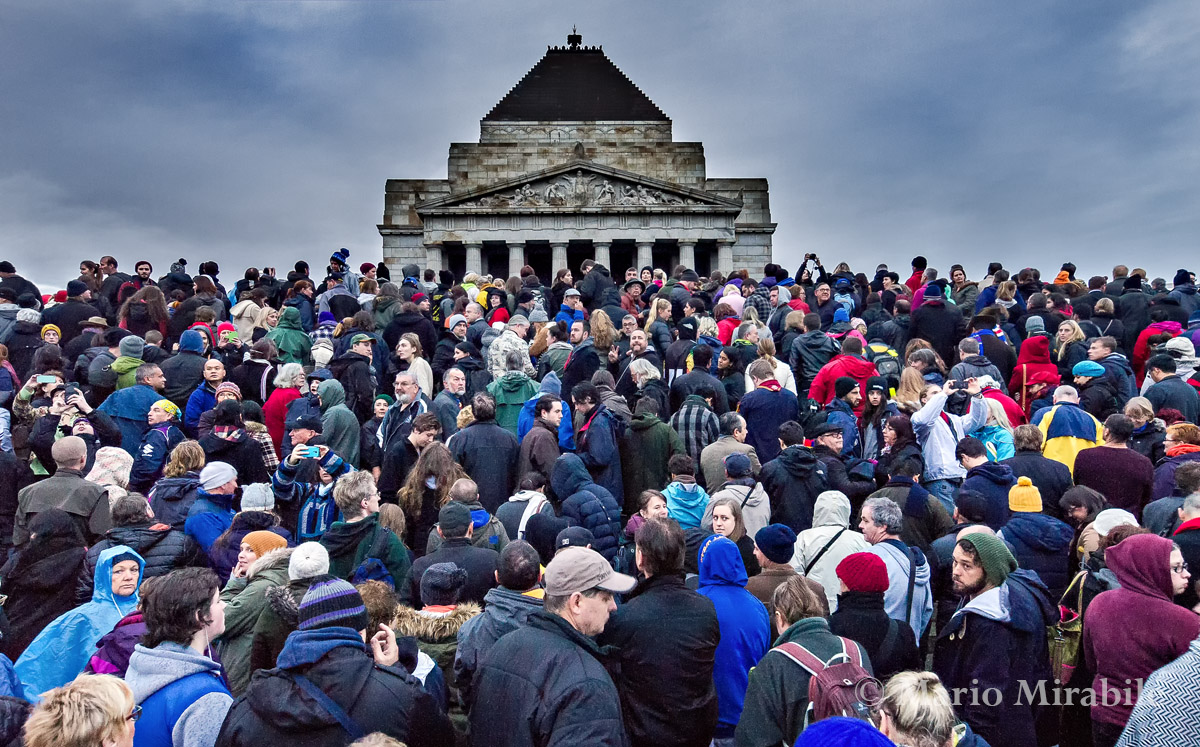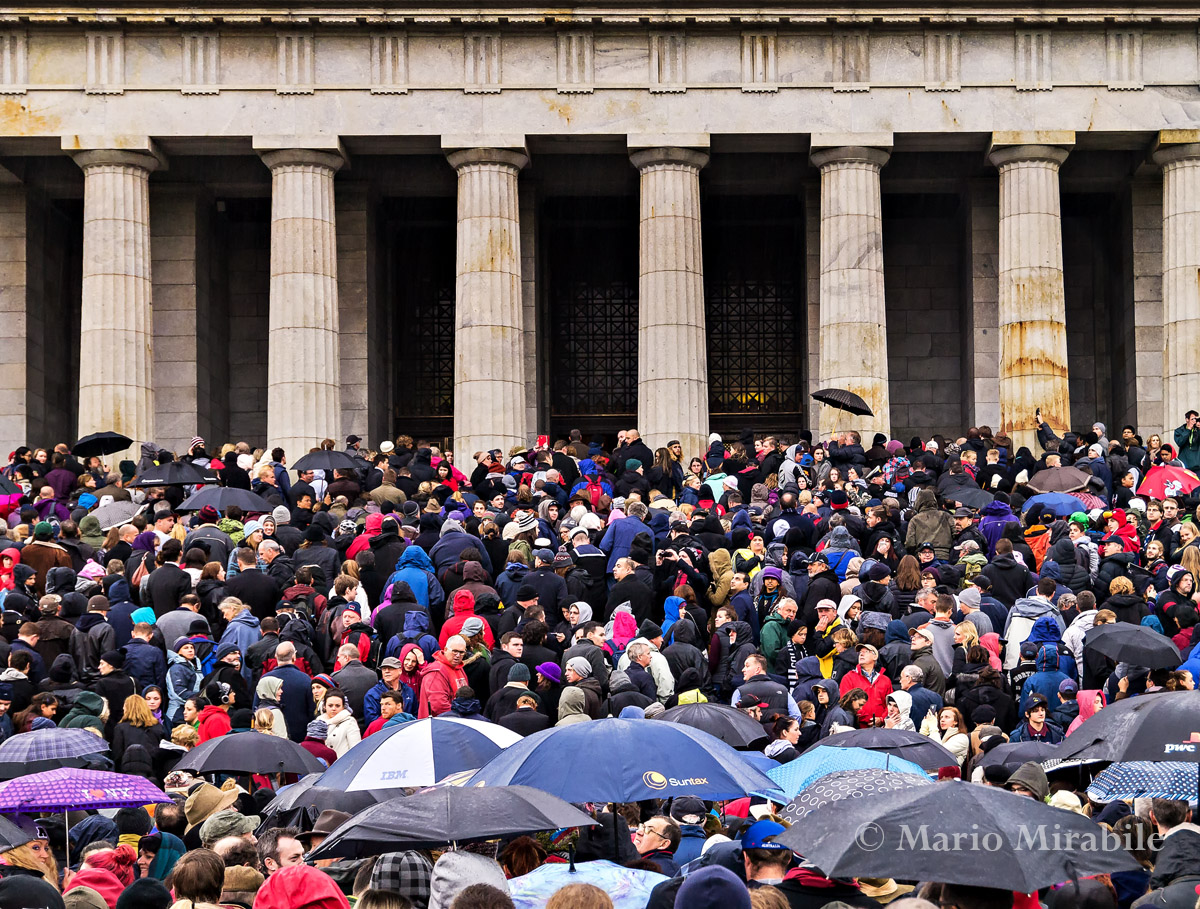Webb dock is the largest container facility in the Port of Melbourne. In 1986, a new rail line was built to connect the dock to the West Melbourne rail yards. The bends in the newly constructed line proved to be impractically sharp, and with pressure from the accelerating development of the Docklands, the line was decommissioned in 1992. Seeing an opportunity to utilize the existing infrastructure, a prize was offered as part of a larger public art project to convert the rail bridge for pedestrian and bicycle use.
The result was Webb Bridge, connecting Docklands Park at the northern end to the Yarra's Edge development on the south bank. The northern recycled portion had a few hoops thrown across it to add interest, but it is the sinuous extension at the southern end that really catches the eye. Representing a stylized Aboriginal eel trap, it almost feels alive as it curves down to the river bank. In the right light, from within and without, it offers endless photographic possibilities from almost any angle. These were shot at sundown, so I just need to work up the resolve to get there before dawn on a still morning. Not tomorrow though – perhaps the next day.









































